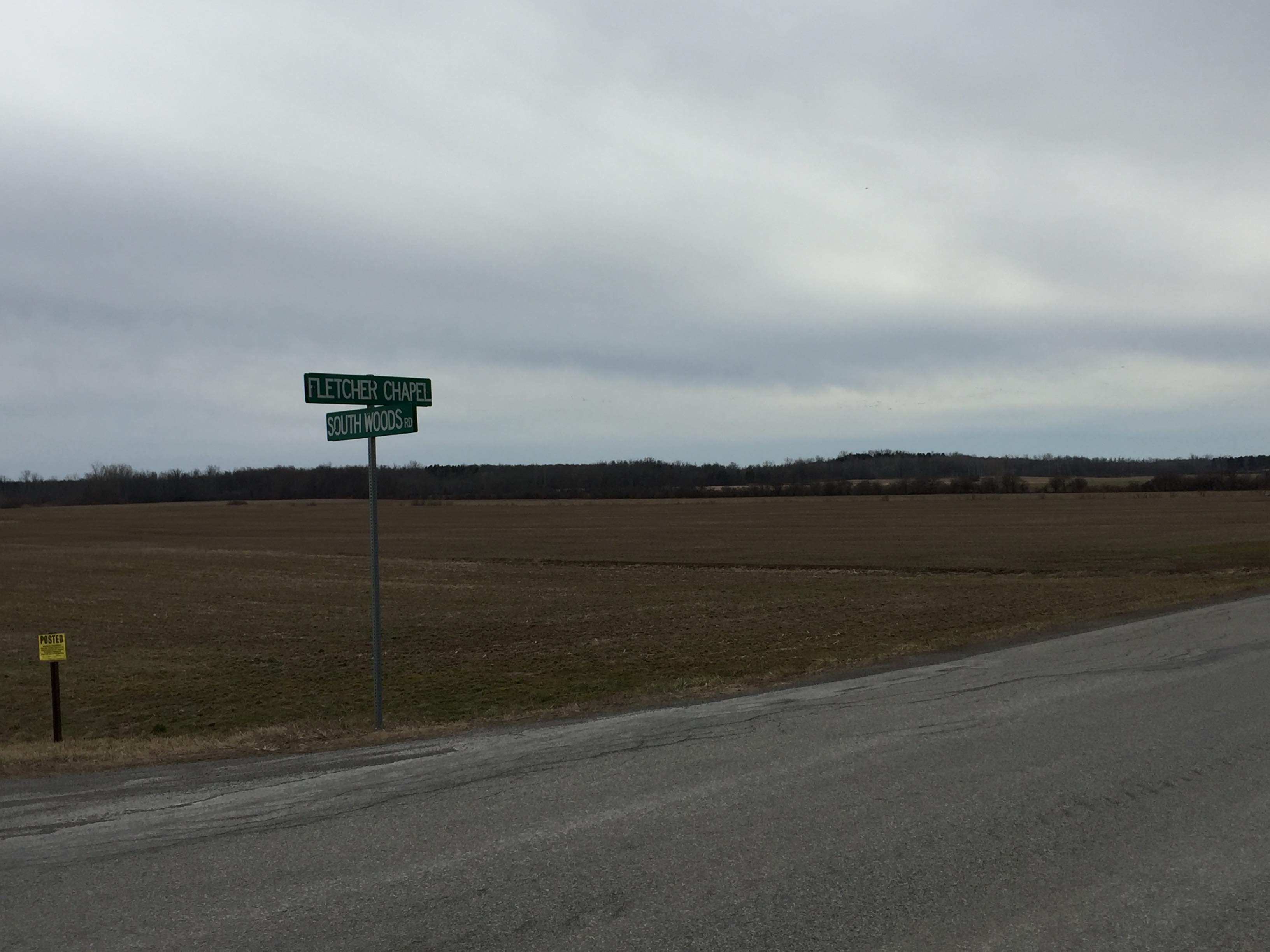Politics
Town of Shelby in fight with local Republican donor over potentially damaging quarry project
For 10 years, gravel miner David Mahar has attempted to dig a quarry along the border of the Iroquois National Wildlife Refuge in the Town of Shelby, and for 10 years the state Department of Environmental Conservation and the outspoken residents of Shelby have stalled his efforts.
In the meantime, Mahar has donated generously to the Orleans County Republican party.
Mahar’s sixth revision of his “draft environmental impact statement” is being considered by DEC administrative law judge D. Scott Bassinson after last week’s hearing at Medina High School. At issue for much of the project’s 10-year gestation are environmental and quality-of-life concerns for the area directly adjacent to the 11,000-acre refuge comprised mostly of wetlands.
It attracts 268 species of birds, supports four distinct ecosystems (grasslands, forests, emergent marsh, hardwood swamp), 42 species of mammals, amphibians, reptiles, insects, and numerous wildflowers. The area contains many trails and public access points for kayaking, fishing, and hunting, and is visited by 40,000 every year, according to the Friends of Iroquois NWR.
Ground zero for the project is the intersection of Fletcher Chapel and Sour Springs roads in Orleans County. Five homes are grouped around the intersection from which the treeline of the wildlife refuge is visible some 500 yards south of Fletcher Chapel Road, just beyond the National Grid power lines that separate the proposed quarry from refuge.
The areas surrounding the refuge are rural. Dairy farms, cut-down corn fields, maple syrup taps, and loud herds of migrating Canada gees were frequently spotted on a recent visit. A long-awaited nanotechnology campus—WNY STAMP—on the other side of the refuge from the proposed quarry site is expected to break ground this spring. That project is expected to create 10,000 high-end manufacturing jobs, and the site was especially chosen for its clean air and scant seismic activity.
Dust and noise from the blasting, 30 truck-trips per hour, and the pumping out of 554,000 gallons of water daily into a drainage ditch—more than is held by Amherst’s “big blue water tower”—stands to leave the area in a different shape during and after its projected 75 years of mining activity than it is in today.

Mahar, a Wilson resident, is an old-hand in the gravel business with a experience mining the Lockport geologic formation for crushed stone and agricultural lime, according to information on his company’s website. Mahar did not respond to The Public’s request for comment.
According to public records, since the his first DEIS in 2006, Mahar has contributed $16,358 to the Orleans County Republican party. In addition, he donated to $1579 to the former campaigns of ousted state Senator George Maziarz and so far has given his successor—Rob Ortt—$2175. Ortt’s 62nd district covers all of Mahar’s home county (Niagara) and all of Orleans County as well. Speaking of Niagara County, during the same period, Mahar made a single donation to that county’s GOP, a paltry $175 in 2014.
“I’m aware of the concerns raised by residents and am currently studying the issue more in depth,” Senator Rob Ortt wrote in a statement to The Public. “It’s my job to ensure that the Department of Environmental Conservation follows the proper steps and addresses the concerns of our community. I want to ensure that protections are instituted to preserve the environment, public health, and our quality of life.”
About a hundred people showed up last week at Medina High School to revisit their objections to the project. Many are concerned over the quarry’s impact on the neighboring wildlife, not only will the trucks and noise be disruptive, but the 150-feet deep quarry threatens to dewater the wetlands.
Wendi Pencille, a longtime defender of the refuge attended the meeting and in an email to The Public summed up her opposition: “If the national wildlife refuge is not valuable enough, not a sensitive enough habitat worthy of protection, then what is? Is there any circumstance where the DEC would protect the interests of the environment over the interests of industry and making money?”
But in Frontier Stone’s DEIS, the question appears to be answered by the geological consulting company that Mahar hired, Continental Placer. “The Refuge will not be impacted by quarry groundwater drawdown. This conclusion of the Hydrogeologic Investigation is based on observations that the water levels in the wetlands are associated with a shallow water table, that a thick (30 ft.) deposit of underlying, low permeability, silt and clay isolate the wetlands from the bedrock aquifer and that the water levels in the bedrock are already below levels in the wetland.”
At last week’s hearing, Hogdson Russ attorney Charles Malcomb, hired by the Town of Shelby, made it clear the geologist-for-hire’s word alone shouldn’t be accepted as gospel, asking for further studies on the quarry’s impact on the water table, as well as more investigation into possible air and water contamination and the its effect on the Iroquois Job Corps Center a mile down the road that depends on well water to supply its facility.
The DEC will hear the case on April 26 in Medina for its “Issues Conference.” Even if Mahar’s latest DEIS passes DEC muster, a Final Environmental Impact Statement would have to be made public, according to the New York State Environmental Quality Review Act (SEQRA).
Even then, the property would still require two rezonings for digging to even begin. “I’m not aware that an application for rezoning has even been made at this time,” Malcomb told The Public. The site would have to be rezoned from agricultural to industrial, and then again as industrial overlay for digging to commence. While almost everyone in the surrounding community has opposed this project, the fear of many is that Mahar may expect some consummation of his decade-long courtship with the Republican party in Orleans County.
This story was first published on The Public on March 16.
